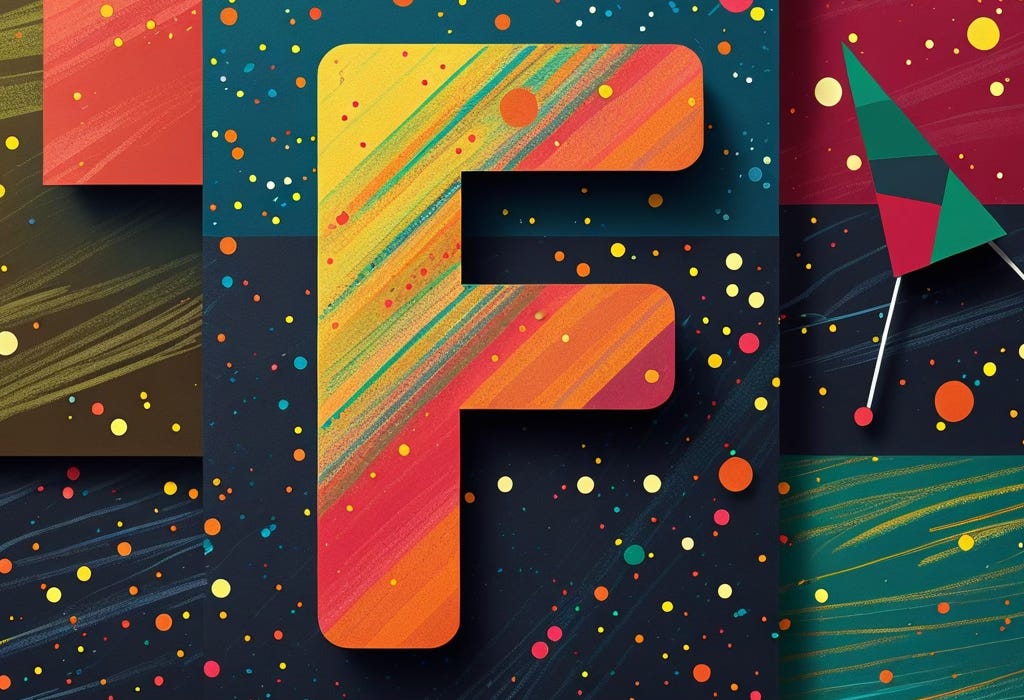Is Figma's Big Bet Really a Game-Changer? CONFIG 2025 Reflections.
Exploring the Promises, Pitfalls, and Potential of Figma's Ambitious New Ecosystem
While working on a new UI tutorial article and the May newsletter, I decided to share my thoughts on this year's Figma Config. For designers, it's probably one of the most important events of the year. The latest conference generated a lot of hype and sparked different opinions on social media. That's why we need to talk!
I won't go through all the products that Figma recently launched — you're likely already familiar with them. If not, here’s a short recap video. Instead, I'd like to share some reflections because I believe we've stepped into a transformative new era.
First, it's clear that Figma aims to evolve into an ecosystem for creating digital solutions, rather than remaining merely a design tool. However, this ambition does not necessarily imply an attempt to eliminate competitors like Framer, Webflow, or Adobe. It's more likely a strategic move to expand their total addressable market (TAM), particularly in preparation for their anticipated IPO.
Indeed, as some designers have pointed out in social media, after launching FigJam, Miro still thrives, indicating Figma isn't primarily disruptive this time around, but rather strategically expanding.
However, ambition alone isn't enough; execution is critical. After some hands-on testing, Figma Sites seems similar to visual website builders from about ten years ago. For instance, the text on websites created via Figma Sites is identical but styled differently and lacks proper semantic structure, such as h1, h2, or h3 tags. This oversight negatively impacts SEO performance and the effectiveness of AI-driven site analyses. Additionally, the generated code shows excessive nesting of div elements, creating heavy pages. Numerous bugs also degrade the user experience. For example, layouts are unstable, and basic interactions, such as hover states, sometimes don’t work.
Critically, designers are voicing concerns about essential web standards. While Figma's new tools look attractive at first glance, they overlook core professional workflows. Real-world design systems rely heavily on design tokens, synchronized with repositories through platforms like GitHub. Figma's auto-generated CSS from its Dev View simply doesn't align with modern, scalable design processes. Without solid integration of variables and tokens — the new offerings could appear superficial.
Despite these critiques, I'm optimistic. Given Figma's resources, vision, and community engagement, they are well-positioned to address these early issues quickly. Their track record shows capability and responsiveness to community feedback. However, speed and quality in addressing these critiques are vital, especially given the intense competition.
The broader implication of Figma's move toward an integrated ecosystem is transformative. It signals a future where roles traditionally defined separately —designers, developers, and managers are merging. The tools are increasingly empowering individual creators to oversee entire digital product cycles independently.
Two years ago, I gave aspiring designers some straightforward advice: “Don't worry about code. Focus on design and understanding people.” While mastering a blend of design and psychology remains essential, so too does learn the basics of coding now. With AI and integrated tools becoming mainstream, designers have more autonomy than ever before in product development. And what if you could go beyond vibe-coding? Then the sky's the limit.
The industry is evolving rapidly. Soon, we'll likely see fewer pure UX, UI, and product designer roles, as well as fewer exclusively front-end developers. These roles are merging into a versatile, problem-solving specialty.
This moment presents a significant challenge — but it's also an extraordinary opportunity. Designers who are ready to expand their skills beyond aesthetics or basic interactions can now embrace full product authorship.
Are you ready to step into this new era and seize the opportunity?
And that is it for today! I wish you all a nice and productive weak!
Sincerely,
Vadym Grin





